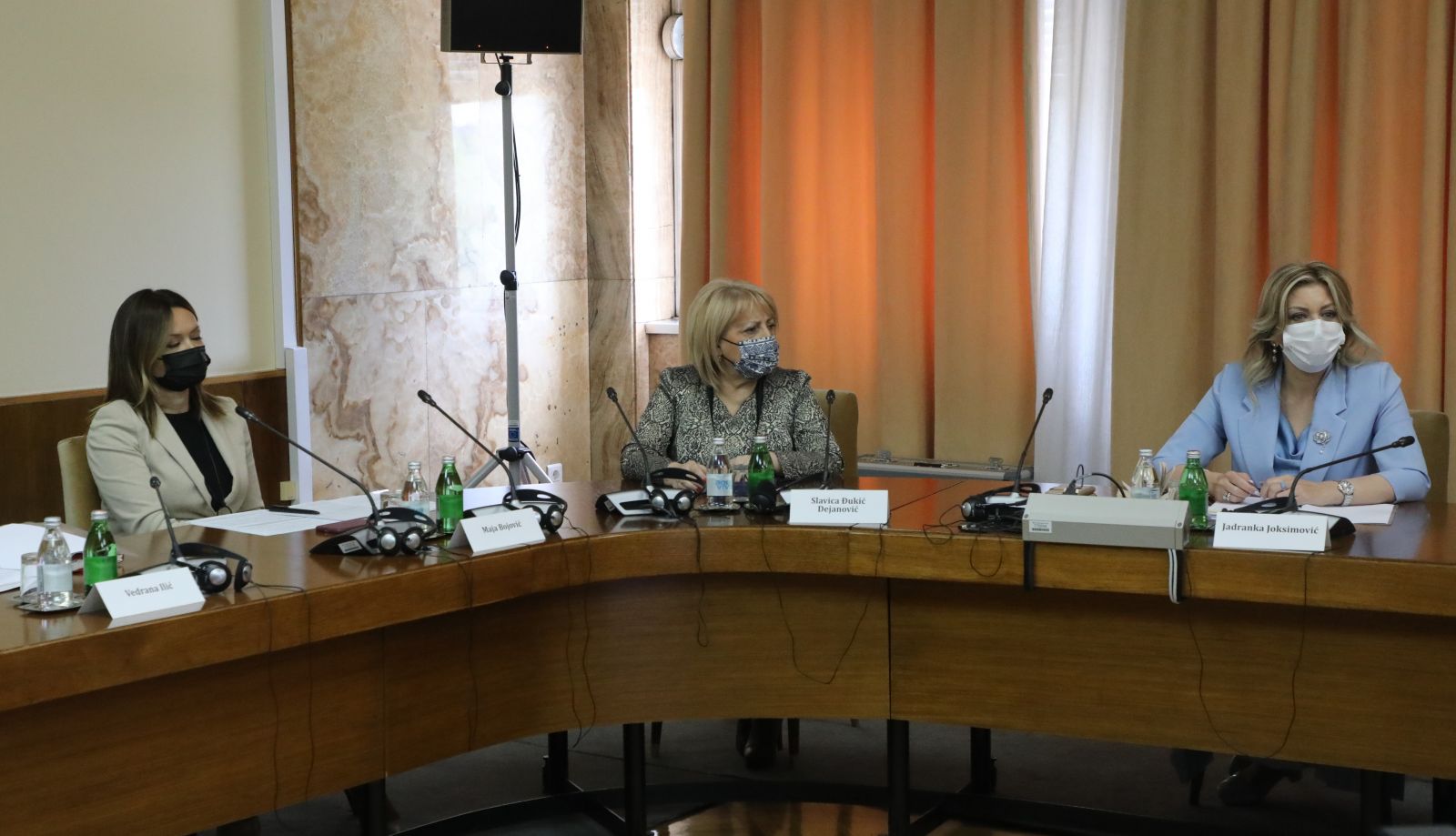
Serbia currently receives EUR 150–200 million in grants from the EU IPA funds annually, but if it were an EU member, it would have between EUR 1 and 1.5 billion a year, as stated today by Minister of European Integration Jadranka Joksimović.
Participating in a dialogue with members of the National Convention on the European Union on the topic of ‘Agriculture and regional development’, Joksimović has said that Serbia, as a country in the EU accession process, cannot divide its regional development into internal and the one related to the cohesion policy.
“Our internal regional development is governed by the goals that will allow us access to the cohesion policy when we become an EU member, and it must be aligned with the provisions and the institutional and strategic framework established by the EU”, said Joksimović.
According to her, that is why the Ministry of European Integration, in this stage of the accession process when Serbia is using pre-accession funds, creates and promotes conditions for establishing a structure for the transition to structural funds and the cohesion policy, when Serbia becomes an EU member.
She has stressed that this process requires collecting information from the local level, i.e. local action plans and local plans for economic development, adding that the Regional Development Strategy cannot be written “top-down”.
“It does not start at the top, but from local action plans and local strategies for sustainable development, and that is why the European Union included resources in cluster 5, so – resources, cohesion and agricultural policy”, said Joksimović.
She has said that “mapping” of resources is the starting point for Serbia to reach a point where municipalities agree on their common interest.
She has emphasised that this is the reason why the role of regional development agencies is so important, as well as assistance to local self-governments, civil society and everyone included in the process.
Joksimović has said that the Ministry finalised the Action Plan back in 2019, which mapped the structure, proposal of the institutional structure and operational programmes, adding that the EU is changing its cohesion policy due to the COVID-19 pandemic and that Serbia is currently adjusting to those changes.
She has further stated that policy goals to which EU funds will be directed include smart Europe, greener Europe, more connected Europe, social Europe and Europe closer to citizens.
“These are the topics that we will also address through the application of our cohesion policy... The European Commission has given us its response to our Action Plan, and now, of course, we have to more precisely identify steps in some of the main activities, where the first one will be the Law on Cohesion Policy”, noted Joksimović.
She has emphasised that it is the most important activity from chapter 22.
Speaking about the sector of agriculture, Joksimović has stressed that the problems in this area arise from the not so well agreed Stabilisation and Association Agreement (SAA), which was signed in 2009.
“The contractual relation and the fundamental relation of Serbia in the accession process is the SAA, which, unfortunately was not well negotiated, compared to what other countries had negotiated earlier, with much smarter, strategically more sustainable and better defined transitional periods for the implementation of certain parts, particularly regarding liberalisation of agricultural land purchase”, explained Joksimović.
She has added that this should always be kept in mind when discussing the current state in the area of agriculture.
Joksimović has stressed that the total amount Serbia withdrew from IPARD funds in the period from 2015 to 2020 was EUR 175 million.
Source: Tanjug










